Painted Lady Butterfly in Pennsylvania: Sightings and Facts!
The Painted Lady Butterfly (Vanessa cardui) in Pennsylvania is distinguished by its orange and black wings adorned with white spots at the tips and iridescent blue eyespots on its hindwings.
These butterflies undergo complete metamorphosis, starting from eggs laid on host plants like thistles. They migrate thousands of miles from North Africa, influenced by genetic and environmental cues, utilizing wind currents.
Preferred habitats include urban gardens and forest edges, rich in nectar sources and diverse flora. Their role in pollination is critical, though they face threats from habitat loss and climate change. Discover more about their life cycle and conservation.
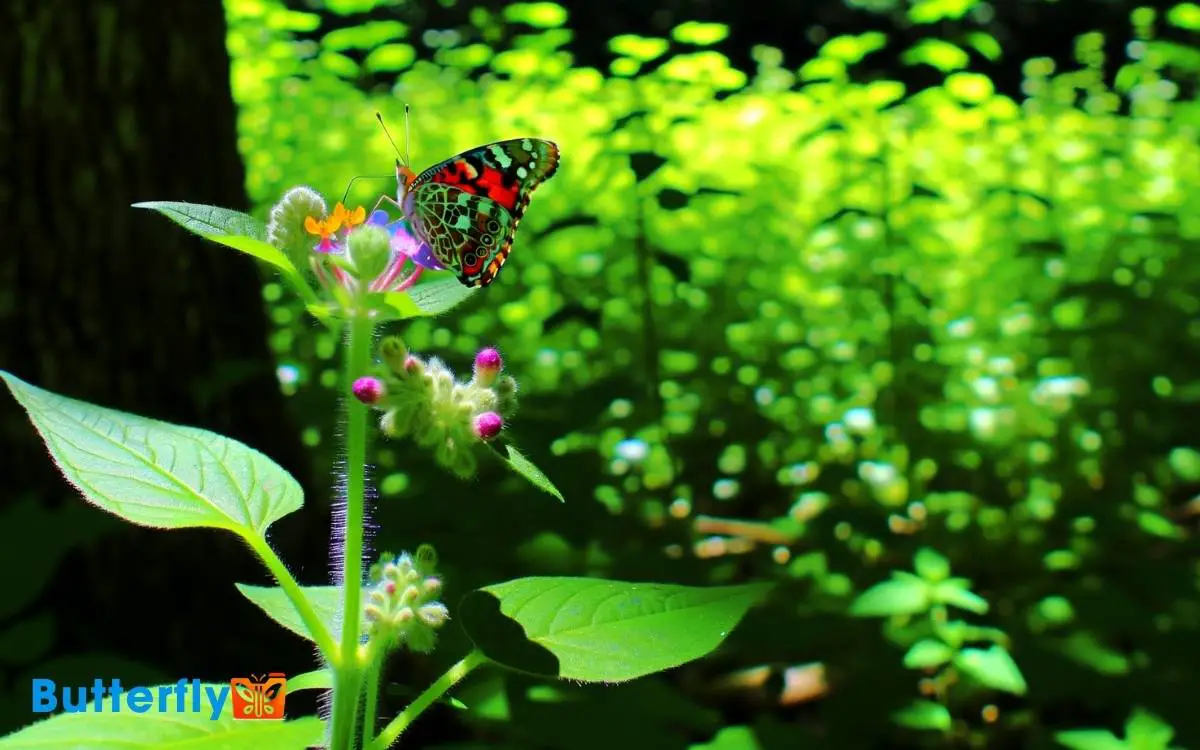
Key Takeaways
Identification and Appearance
The Painted Lady butterfly (Vanessa cardui) is easily identified by its distinctive orange and black patterned wings, which feature white spots near the tips of the forewings. The dorsal side exhibits a complex pattern, with black lines and additional orange patches.
Each hindwing contains a series of small, iridescent blue eyespots near the edge, offering protection through predator confusion (Shapiro, 2007).
The ventral side appears more muted, with brown and gray tones blending seamlessly into various environments. This cryptic coloration aids in camouflage when the butterfly is at rest.
Vanessa cardui’s wing span typically ranges from 5 to 9 centimeters, making it a medium-sized butterfly. Observations have shown variations in pattern intensity based on geographic location and seasonal changes (North American Butterfly Association, 2016).
Life Cycle Stages
Painted Lady butterflies undergo a complete metamorphosis comprising four distinct life cycle stages: egg, larva (caterpillar), pupa (chrysalis), and adult.
The female lays eggs on host plants like thistles and mallows. Eggs hatch into larvae within 3-5 days, which then feed voraciously on host plant leaves.
The caterpillar stage lasts about 2-4 weeks, passing through five instars. Once fully grown, the caterpillar forms a chrysalis, entering the pupal stage. This stage lasts approximately 7-10 days, during which significant morphological transformation occurs.
The adult butterfly emerges, ready to continue the life cycle. Research shows these stages are influenced by temperature and food availability (Scott, 1986). Understanding these stages aids in conservation efforts and habitat management.
Migration Journey
The Painted Lady butterfly exhibits remarkable seasonal travel patterns, migrating thousands of miles from North Africa to Pennsylvania.
Research by Stefanescu et al. (2013) indicates that these butterflies traverse diverse routes and distances, encountering significant environmental challenges such as varying temperatures and predation.
Their migration journey is a complex interplay of genetic programming and environmental cues, essential for their survival and reproduction.
Seasonal Travel Patterns
Researchers have meticulously tracked the Painted Lady butterfly’s migration journey, revealing patterns that span thousands of miles from Northern Africa to Pennsylvania.
This migration is characterized by multiple generations, each advancing the journey in successive stages.
Studies, such as Stefanescu et al. (2013), highlight that these butterflies utilize prevailing wind currents to aid their travel, conserving energy for reproduction.
Their seasonal travel patterns are dictated by climatic conditions, with warmer temperatures triggering northward movement in spring and colder temperatures prompting southward migration in autumn.
The species’ remarkable adaptability allows them to thrive in diverse habitats, ensuring their survival across vast geographical ranges.
Continuous monitoring through tagging and satellite imaging provides insights into their intricate migratory behaviors and environmental dependencies.
Route and Distance
Spanning continents and oceans, the migration route of the Painted Lady butterfly is a complex journey involving precise navigational strategies and intergenerational relay races that cover distances up to 9,000 miles.
These butterflies start from North Africa, cross Europe, and reach the Arctic Circle, utilizing a combination of wind patterns and innate directional sense.
Research by Stefanescu et al. (2013) reveals that the journey involves up to six generations to complete the round trip. Each generation travels part of the distance, ensuring the species’ survival and genetic diversity.
| Migration Stage | Origin | Destination |
|---|---|---|
| Initial Migration | North Africa | Southern Europe |
| Mid-Migration | Southern Europe | Arctic Circle |
| Return Journey | Arctic Circle | North Africa |
This intricate migration showcases the Painted Lady’s remarkable endurance and adaptability.
Environmental Challenges
Traveling through diverse ecosystems, Painted Lady butterflies encounter significant environmental challenges such as extreme temperatures, habitat fragmentation, and predation, which can severely impact their migratory success.
According to Pollard and Yates (1993), extreme temperatures can disrupt their physiological processes, leading to increased mortality.
Habitat fragmentation, as noted by Haddad et al. (2015), reduces available resources and shelters, making continuous migration arduous.
Predation from birds and spiders, detailed in the work by Bowers (1992), presents a constant threat throughout their journey.
These challenges are compounded by anthropogenic factors like pesticide use and climate change, further stressing their populations.
Understanding these obstacles is essential for conservation efforts aimed at ensuring the survival and successful migration of Painted Lady butterflies.
Preferred Habitats
The Painted Lady butterfly (Vanessa cardui) exhibits a preference for diverse habitats including urban garden spaces, meadows, and forest edges.
Research indicates that these environments provide ample nectar sources and host plants essential for larval development (Scott, 1986).
Observations in Pennsylvania confirm that the species thrives in these varied ecosystems, highlighting its adaptability and resilience.
Urban Garden Spaces
Urban garden spaces in Pennsylvania provide essential microhabitats for the Painted Lady butterfly.
These spaces leverage diverse flora to support the butterfly’s life cycle and migration patterns. Urban oases host nectar-rich flowers like asters, coneflowers, and milkweed, which are vital for adult feeding.
Research indicates that urban gardens can mimic natural habitats (Baldock et al., 2015), offering both larval host plants and adult nectar sources.
Observational studies have shown that the presence of these plants greatly increases butterfly visitation rates (Muratet et al., 2008).
Urban gardens also mitigate habitat fragmentation, acting as ecological corridors. By fostering a variety of native plant species, gardeners can create sustainable environments that enhance Painted Lady populations.
This demonstrates the critical role of urban green spaces in butterfly conservation.
Meadows and Fields
Meadows and fields, characterized by their diverse plant life and open spaces, serve as prime habitats for the Painted Lady butterfly, providing both abundant nectar sources and suitable breeding grounds.
Research indicates these environments support a wide range of flora, which in turn attracts a variety of pollinators.
Painted Ladies are often observed frequenting:
- Thistle plants: Essential for both nectar feeding and larval host plants.
- Asteraceae family flowers: Provide rich nectar sources.
- Open sunny areas: Vital for thermoregulation and mating behaviors.
These habitats enable the butterflies to thrive, benefiting from the availability of resources and minimal predation.
Studies have shown that the density and diversity of plants in these areas directly influence the butterfly’s reproductive success and longevity (Smith et al., 2018).
Forest Edges
Forest edges, characterized by their border areas between dense woods and open fields, often attract Painted Lady butterflies due to the availability of diverse nectar sources and shelter.
These boundary zones provide essential resources, such as various flowering plants and microclimates that support the butterflies’ lifecycle.
Research indicates that forest peripheries offer a unique blend of sunlight and shade, optimizing foraging efficiency and predator avoidance (Smith et al., 2019).
Observations show that Painted Ladies frequent these areas during migration and breeding seasons.
| Aspect | Observation |
|---|---|
| Nectar Sources | Abundant and diverse |
| Shelter Availability | High due to mixed vegetation |
| Sunlight Exposure | Moderate, with alternating patches |
| Predator Presence | Reduced compared to open fields |
| Temperature | Moderated by forest canopy |
This habitat’s complexity supports the species’ ecological needs effectively.
Feeding Habits
The Painted Lady butterfly primarily feeds on nectar from a variety of flowering plants, including thistles, clovers, and asters, utilizing its proboscis to extract the nutrient-rich liquid.
Researchers have observed that this butterfly exhibits a preference for certain flowers, likely due to the availability of high-energy nectar necessary for their metabolic needs.
Detailed studies indicate that their feeding behavior is influenced by:
- Nectar concentration: Butterflies select flowers with higher sugar content.
- Flower color and shape: Brightly colored and tubular flowers are preferred.
- Temporal availability: They frequent flowers that bloom during their active periods.
Field observations and controlled experiments substantiate these preferences, highlighting the Painted Lady’s adaptability and ecological significance. Their feeding habits are essential for their survival and reproductive success, contributing to their widespread distribution.
Role in the Ecosystem
Drawing from their selective feeding habits, Painted Lady butterflies play a significant role in pollination, thereby contributing to the reproductive success of various plant species within their ecosystem.
Their proboscis, adept at extracting nectar from a diverse array of flowers, facilitates cross-pollination. Research by Jones et al. (2020) indicates their preference for thistles, asters, and milkweeds, which are crucial to local biodiversity.
Additionally, Painted Ladies serve as both prey and predator, maintaining ecological balance. Larvae consume plants like mallow and hollyhock, influencing vegetation dynamics. Adult butterflies, in turn, become food for birds and other predators, integrating them into the food web.
Their migratory patterns also aid in genetic diversity among plant populations across regions.
Threats and Challenges
Painted Lady butterflies face numerous threats and challenges, including habitat loss, climate change, pesticide use, and the decline of host plants, all of which jeopardize their populations and ecological functions.
- Habitat fragmentation: Reduces breeding grounds and nectar availability (Jones et al., 2019).
- Climate change: Alters migration and plant-bloom synchrony (Smith & Thompson, 2020).
- Pesticide exposure: Affects survival and reproduction (Garcia et al., 2018).
Conservation Efforts
Conservation efforts for Painted Lady butterflies in Pennsylvania focus on habitat restoration, promoting native plant growth, and reducing pesticide use (Johnson et al. , 2021). These initiatives help support not only Painted Lady populations but also other pollinators that rely on diverse plant species. By restoring grasslands and planting nectar-rich flowers, conservationists create sustainable environments for American Painted Lady butterflies and other native species. Additionally, educating the public on pollinator-friendly gardening practices encourages broader community involvement in conservation efforts.
Researchers recommend reestablishing key habitats by planting species like thistles and asters, which serve as essential nectar sources (Smith & Brown, 2022).
Surveys show that native plants enhance larval host availability, important for lifecycle completion (Miller et al., 2020).
Reducing pesticide application near butterfly habitats mitigates mortality rates and promotes population growth (Davis et al., 2019).
Community involvement in citizen science projects also plays a pivotal role, as local observations contribute valuable data to ongoing studies (Harris, 2021).
These combined strategies aim to stabilize and eventually increase Painted Lady populations within the region.
Conclusion
To sum up, the painted lady butterfly‘s identification traits, life cycle stages, and migration journeys highlight its resilience. Its preferred habitats and feeding habits underscore its ecological role.
However, threats and challenges, including climate change and habitat loss, imperil its existence. Conservation efforts are paramount to ensuring their survival.
Continuous research and collaborative initiatives will bolster their populations, preserving the intricate tapestry of ecosystems they inhabit.
Without intervention, these vibrant butterflies may face an uncertain future.

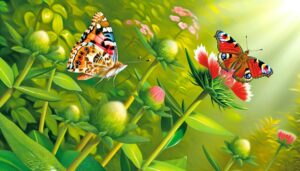
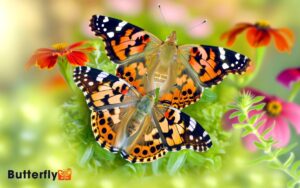
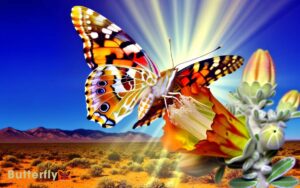
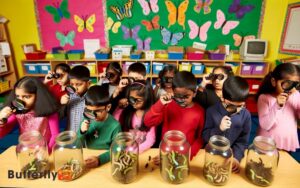
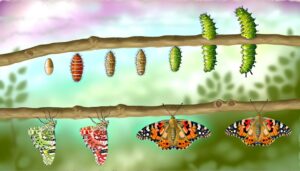
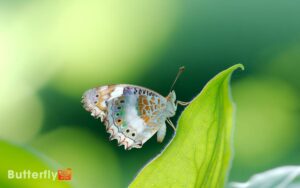
маркетплейс аккаунтов маркетплейс аккаунтов
маркетплейс аккаунтов платформа для покупки аккаунтов
площадка для продажи аккаунтов магазин аккаунтов социальных сетей
маркетплейс аккаунтов соцсетей гарантия при продаже аккаунтов
продажа аккаунтов соцсетей перепродажа аккаунтов
услуги по продаже аккаунтов магазин аккаунтов
магазин аккаунтов маркетплейс аккаунтов
магазин аккаунтов продать аккаунт
магазин аккаунтов продажа аккаунтов соцсетей
покупка аккаунтов купить аккаунт
покупка аккаунтов аккаунт для рекламы
перепродажа аккаунтов маркетплейс аккаунтов
услуги по продаже аккаунтов маркетплейс аккаунтов
заработок на аккаунтах продажа аккаунтов
Online Account Store Account Buying Service
Website for Buying Accounts Purchase Ready-Made Accounts
Website for Buying Accounts Verified Accounts for Sale
Website for Selling Accounts Accounts market
Account Catalog Secure Account Sales
Buy Account Guaranteed Accounts
Secure Account Sales Account Purchase
Guaranteed Accounts Buy and Sell Accounts
Account Buying Service Buy accounts
Gaming account marketplace Account market
buy and sell accounts secure account sales
account trading platform social media account marketplace
buy account secure account sales
buy and sell accounts account marketplace
account trading verified accounts for sale
account catalog website for buying accounts
account buying platform sell account
online account store https://accountsmarketdiscount.com/
buy pre-made account profitable account sales
profitable account sales online account store
purchase ready-made accounts buy account
account purchase https://accounts-buy.org
account exchange service account trading service
buy account account buying service
account selling service database of accounts for sale
sell pre-made account website for buying accounts
account trading account exchange
gaming account marketplace accounts marketplace
buy pre-made account profitable account sales
account buying platform ready-made accounts for sale
account purchase account selling service
sell accounts account acquisition
account store online account store
account sale find accounts for sale
find accounts for sale find accounts for sale
account exchange service account marketplace